Turkey tail mushroom (Trametes versicolor) has gained significant popularity in recent years due to its impressive health benefits and immune-boosting properties. While this medicinal mushroom isn't typically valued for its culinary qualities in the traditional sense, there are numerous ways to prepare and incorporate it into your diet. This comprehensive guide will walk you through everything you need to know about cooking with turkey tail mushrooms, from basic preparation to delicious recipes.
Understanding Turkey Tail Mushroom
Before diving into cooking methods, it's important to understand what makes turkey tail mushroom unique compared to culinary mushrooms like shiitake or button mushrooms.
Physical Characteristics
Turkey tail mushroom has a distinctive fan-shaped appearance with colorful, concentric zones that resemble a turkey's tail. Unlike fleshy culinary mushrooms, turkey tail has a tough, leathery texture due to its high chitin content. This toughness makes it challenging to consume directly but perfect for extractions and broths.
Taste Profile
The flavor of turkey tail mushroom is mild and earthy with subtle woody notes. While not unpleasant, the taste is not particularly remarkable on its own, which is why it's often combined with other ingredients or flavors when used in cooking.
Special Considerations
Turkey tail mushroom isn't meant to be eaten like typical culinary mushrooms. Its primary value comes from the beneficial compounds that can be extracted through various cooking methods. The texture remains tough even after cooking, which is why most preparations involve removing the actual mushroom pieces after extraction.

Basic Preparation Methods
Before cooking with turkey tail mushrooms, you'll need to prepare them properly.
Cleaning Turkey Tail Mushrooms
Whether you've foraged your own turkey tail mushrooms or purchased them, proper cleaning is essential:
- Brush off debris: Use a soft mushroom brush or a clean toothbrush to gently remove any dirt, insects, or forest debris.
- Quick rinse: If necessary, give them a quick rinse under cold water, but avoid soaking as they can absorb water.
- Dry thoroughly: Pat them dry with a clean kitchen towel or paper towels.
Fresh vs. Dried Turkey Tail
Turkey tail mushrooms can be used either fresh or dried:
- Fresh mushrooms: More flexible and slightly easier to work with for immediate use
- Dried mushrooms: Have a longer shelf life and more concentrated flavor, making them ideal for long-term storage and many preparations
Drying Turkey Tail Mushrooms
If you have fresh turkey tail mushrooms that you want to preserve:
- Clean the mushrooms as described above
- Cut into small pieces for faster drying if desired
- Use a food dehydrator at 110-120°F (43-49°C) for 6-10 hours until completely dry and crisp
- Alternatively, air dry by placing them in a single layer in a well-ventilated area for several days
- Store dried mushrooms in airtight containers in a cool, dark place
Primary Cooking Methods
Due to their tough texture, turkey tail mushrooms are prepared differently than typical culinary mushrooms. Here are the most effective methods for cooking and using them.
Making Turkey Tail Tea
Tea is one of the most popular and effective ways to consume turkey tail mushrooms. The hot water extraction process helps release the beneficial compounds.
Basic Turkey Tail Tea Recipe:
Ingredients:
- 3-5 grams dried turkey tail mushrooms (or 10-15 grams fresh)
- 4 cups filtered water
- Optional: honey, lemon, cinnamon, or ginger to taste
Instructions:
- Break the dried turkey tail mushrooms into small pieces to increase surface area
- Add mushroom pieces to water in a pot
- Bring to a gentle boil, then reduce heat and simmer for 30-60 minutes
- Strain the tea through a fine mesh strainer
- Add optional flavoring ingredients if desired
- Enjoy 1-2 cups daily
Tips for Better Tea:
- Use a longer simmering time (up to 2 hours) for stronger extraction
- Add complementary herbs or spices during the last 10 minutes of simmering
- For a milder flavor, use the ratio of 1 part mushroom to 5 parts water
Creating a Medicinal Broth
Turkey tail mushroom makes an excellent addition to medicinal broths, adding both nutritional value and immune-supporting compounds.
Turkey Tail Mushroom Broth Recipe:
Ingredients:
- 15-20 grams dried turkey tail mushrooms
- 8 cups filtered water
- 1 tablespoon olive oil
- 1 medium onion, chopped
- 3 garlic cloves, minced
- 1-inch piece of fresh ginger, sliced
- 2 bay leaves
- 1 tablespoon fresh thyme (or 1 teaspoon dried)
- Salt and pepper to taste
- Optional: other medicinal mushrooms like reishi or shiitake
Instructions:
- Heat oil in a large pot over medium heat
- Add onion, garlic, and ginger, sautéing until fragrant and translucent
- Add turkey tail mushrooms, other mushrooms if using, and all remaining ingredients
- Bring to a boil, then reduce heat to a very low simmer
- Simmer covered for 2-4 hours, adding more water if needed
- Strain the broth through a fine mesh strainer
- Season to taste and use as a base for soups or sip as a warming beverage
Culinary Uses for the Broth:
- Use as a base for soups and stews
- Cook grains like rice or quinoa in the broth
- Use for deglazing pans when sautéing vegetables
- Freeze in ice cube trays for convenient future use
Making a Double Extraction Tincture
For those looking to create a concentrated form of turkey tail, a double extraction tincture captures both alcohol-soluble and water-soluble compounds.
Double Extraction Tincture Recipe:
Ingredients:
- 50 grams dried turkey tail mushrooms
- 500 ml high-proof alcohol (vodka or grain alcohol)
- 500 ml filtered water
Instructions:
- Chop or grind the dried mushrooms into small pieces
- Place in a clean glass jar and cover with alcohol
- Seal tightly and store in a cool, dark place for 4-6 weeks, shaking every few days
- Strain the alcohol extract through cheesecloth and set aside
- Place the mushroom material in a pot with the water
- Simmer on low heat for 2 hours, adding more water if needed to keep mushrooms submerged
- Let cool, then strain through cheesecloth
- Combine the alcohol extract with the water decoction
- Store in dark amber bottles with droppers
Usage Guidelines:
- Typical dosage is 30-60 drops, 1-3 times daily
- Can be added to water, tea, or taken directly under the tongue
- Store in a cool, dark place for up to 2 years
Powdering Turkey Tail Mushrooms
Creating a powder from dried turkey tail mushrooms is a versatile preparation method that allows for easy incorporation into various recipes.
Instructions for Making Turkey Tail Powder:
- Ensure your dried turkey tail mushrooms are completely dry and crisp
- Break into smaller pieces
- Use a dedicated coffee grinder, spice grinder, or high-powered blender to grind into a fine powder
- Store in an airtight container in a cool, dark place
Creative Ways to Use Turkey Tail Powder:
- In beverages: Add 1/2 to 1 teaspoon to smoothies, coffee, or hot chocolate
- In baking: Incorporate into bread, muffin, or cookie recipes (1-2 tablespoons per recipe)
- In soups: Sprinkle into soups and stews during cooking
- In breakfast foods: Mix into oatmeal or yogurt
- In capsules: Fill empty vegetable capsules for convenient supplementation
Turkey Tail Mushroom Recipes
While turkey tail isn't typically used as a main ingredient in dishes due to its tough texture, here are some recipes that effectively incorporate its benefits.
Turkey Tail Mushroom Soup
This nourishing soup combines the benefits of turkey tail with the delicious flavors of more culinary-friendly mushrooms.
Ingredients:
- 10 grams dried turkey tail mushrooms
- 250 grams fresh culinary mushrooms (shiitake, cremini, or oyster)
- 1 tablespoon olive oil
- 1 medium onion, diced
- 2 celery stalks, diced
- 2 carrots, diced
- 3 garlic cloves, minced
- 6 cups turkey tail broth (from recipe above) or vegetable broth
- 1 cup cashews, soaked for 4 hours (optional, for creaminess)
- 1 teaspoon dried thyme
- 1 teaspoon dried rosemary
- Salt and pepper to taste
- Fresh herbs for garnish
Instructions:
- In a large pot, heat olive oil over medium heat
- Add onion, celery, and carrots, sautéing until softened
- Add garlic and culinary mushrooms, cooking until mushrooms release their moisture
- Add turkey tail mushroom pieces and broth
- Bring to a simmer and cook for 20-30 minutes
- Remove turkey tail pieces with a slotted spoon (they remain too tough to eat)
- If using cashews, blend them with 1 cup of the soup liquid until smooth, then return to pot
- Add herbs, salt, and pepper
- Simmer for another 5-10 minutes
- Serve hot, garnished with fresh herbs

Turkey Tail Immune-Boosting Smoothie
This nutritious smoothie is a delicious way to incorporate turkey tail powder into your diet.
Ingredients:
- 1 teaspoon turkey tail mushroom powder
- 1 banana
- 1 cup berries (blueberries, strawberries, or mixed)
- 1 tablespoon nut butter
- 1 tablespoon ground flaxseed
- 1 cup plant-based milk or water
- 1 teaspoon honey or maple syrup (optional)
- Ice cubes (optional)
Instructions:
- Place all ingredients in a blender
- Blend until smooth
- Adjust thickness with more liquid if needed
- Serve immediately
Turkey Tail and Wild Rice Pilaf
This hearty side dish uses turkey tail broth for a nutritional boost.
Ingredients:
- 1 cup wild rice
- 2.5 cups turkey tail mushroom broth
- 1 tablespoon olive oil
- 1 small onion, finely diced
- 2 garlic cloves, minced
- 1/2 cup diced celery
- 1/2 cup diced carrot
- 1/4 cup dried cranberries
- 1/4 cup chopped toasted walnuts
- 2 tablespoons chopped fresh parsley
- Salt and pepper to taste
Instructions:
- Heat olive oil in a saucepan over medium heat
- Add onion, garlic, celery, and carrot, sautéing until softened
- Add wild rice and stir to coat with oil
- Pour in turkey tail broth and bring to a boil
- Reduce heat, cover, and simmer for 45-50 minutes until rice is tender
- Remove from heat and let stand, covered, for 10 minutes
- Fluff with a fork and mix in cranberries, walnuts, and parsley
- Season with salt and pepper
- Serve warm as a side dish
Tips for Cooking with Turkey Tail Mushrooms
To get the most out of your turkey tail mushroom cooking experience, keep these helpful tips in mind:
Sourcing Quality Mushrooms
- Foraging: If you forage your own, ensure proper identification and collect from unpolluted areas
- Commercial sources: Purchase from reputable suppliers that use sustainable harvesting practices
- Organic options: Choose organic whenever possible to avoid potential contamination
Maximizing Health Benefits
- Extraction time: Longer cooking times (1-2 hours) help extract more beneficial compounds
- Combining methods: Consider using both alcohol and water extraction for the most complete benefit
- Fresh vs. dried: Dried mushrooms often have more concentrated compounds
- Consistent use: Regular consumption provides better results than occasional use
Flavor Enhancement Strategies
Since turkey tail has a mild flavor, consider these enhancement strategies:
- Complementary herbs: Rosemary, thyme, and sage pair well with the earthy notes
- Sweeteners: A touch of honey or maple syrup can balance the earthiness
- Citrus: Lemon or orange adds brightness to counteract the mushroom flavor
- Spices: Cinnamon, ginger, or turmeric add warmth and additional health benefits
Storage Recommendations
Proper storage ensures you maintain the quality and potency of your turkey tail preparations:
- Dried mushrooms: Store in airtight containers in a cool, dark place for up to 1 year
- Powdered mushrooms: Keep in airtight, dark containers and use within 6 months
- Tea and broth: Refrigerate for up to 5 days or freeze for up to 3 months
- Tinctures: Store in dark amber bottles in a cool, dark place for up to 2 years
Safety Considerations
While turkey tail mushroom is generally considered safe, keep these precautions in mind:
- Allergies: As with any mushroom, allergic reactions are possible
- Medication interactions: Consult with a healthcare provider if you're taking medications
- Pregnancy and breastfeeding: Little research exists on safety during these periods
- Children: Consult with a pediatrician before giving to children
- Proper identification: Ensure you've correctly identified turkey tail if foraging
- Starting slowly: Begin with small amounts to see how your body responds
Conclusion
While turkey tail mushroom may not be your typical culinary mushroom, it offers unique opportunities to enhance your diet with powerful immune-supporting compounds. By understanding the appropriate preparation methods—whether making tea, broth, tinctures, or powder—you can easily incorporate this beneficial mushroom into your wellness routine.
The recipes provided in this guide offer practical, delicious ways to enjoy turkey tail's benefits without sacrificing flavor. Whether you're sipping a warming cup of turkey tail tea or enjoying a hearty mushroom soup made with turkey tail broth, you're taking advantage of traditional wisdom that has valued this remarkable mushroom for centuries.
Remember that consistency is key when it comes to reaping the benefits of medicinal mushrooms. Find preparation methods that fit your lifestyle and taste preferences, and make turkey tail a regular part of your wellness regimen.
This article is for informational purposes only and is not intended as medical advice. Always consult with a healthcare professional before starting any new supplement regimen, especially if you have existing health conditions or are taking medications.

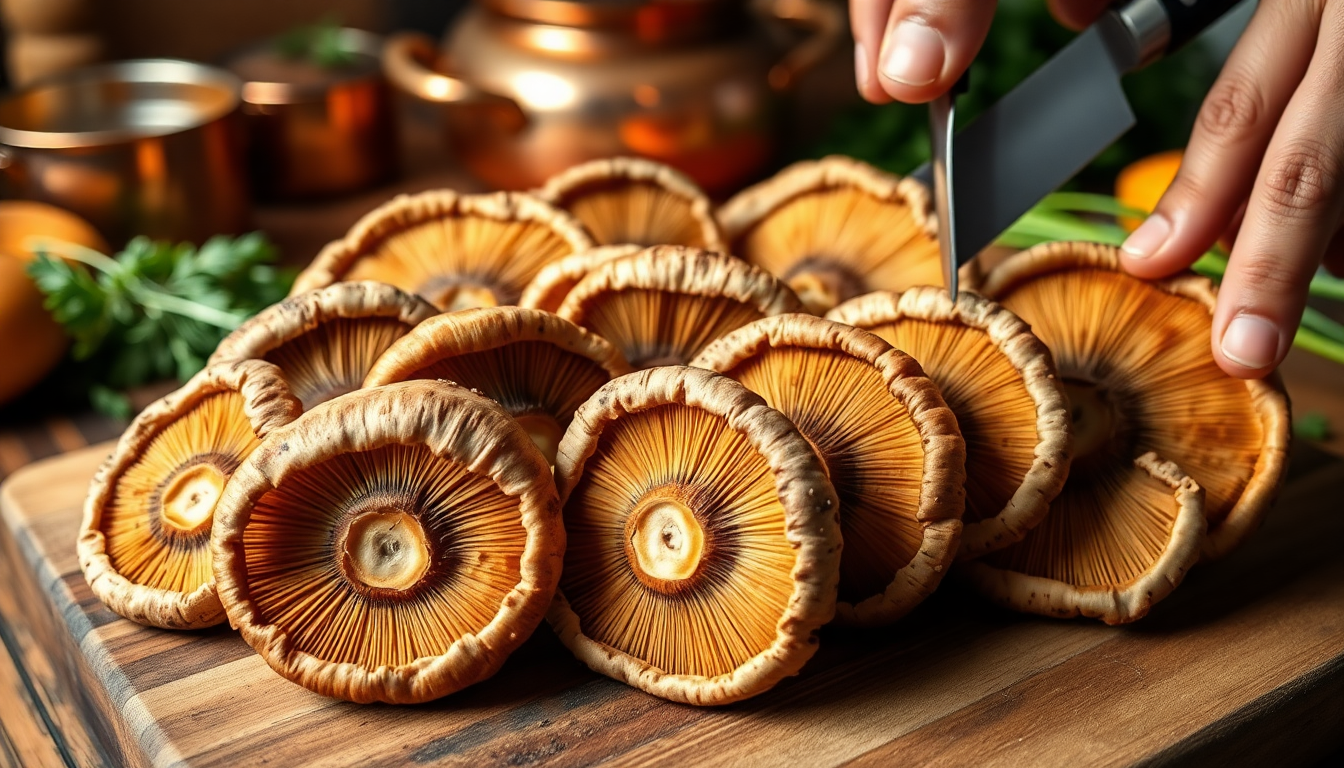
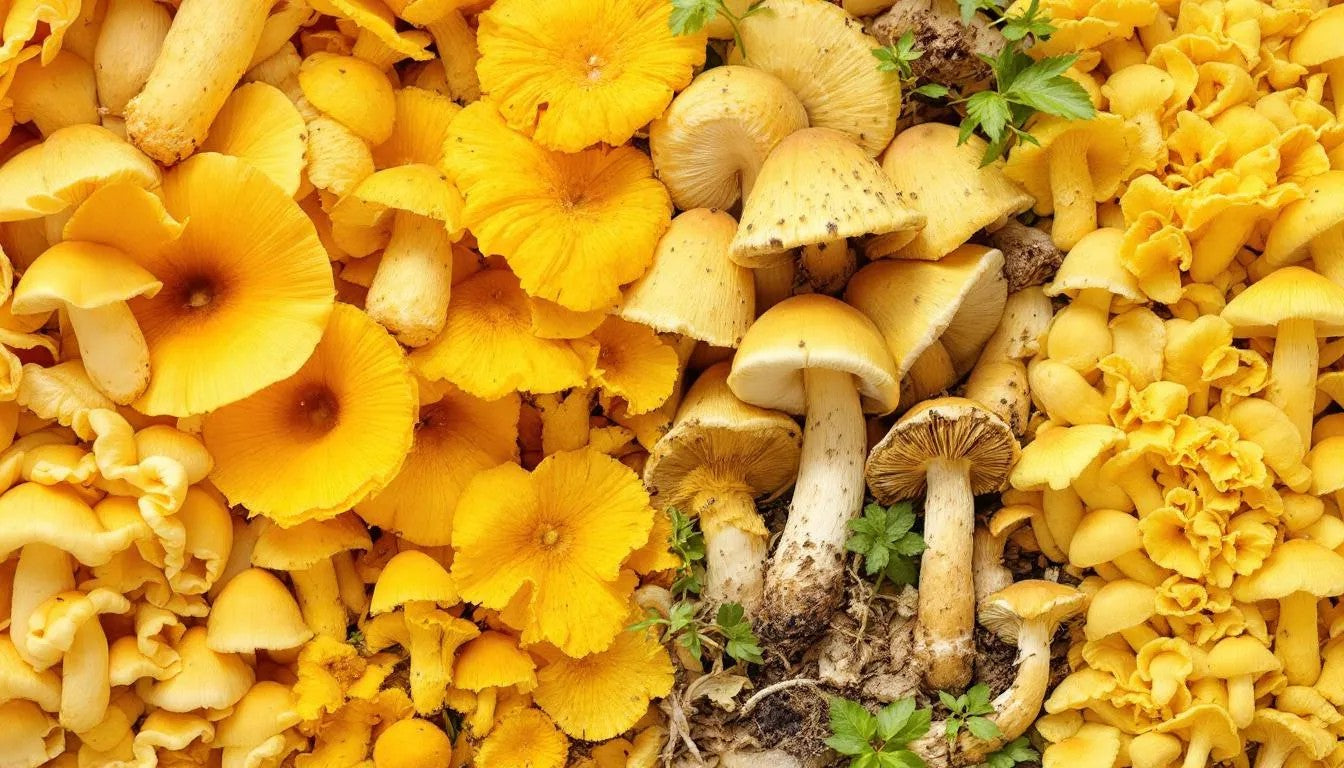

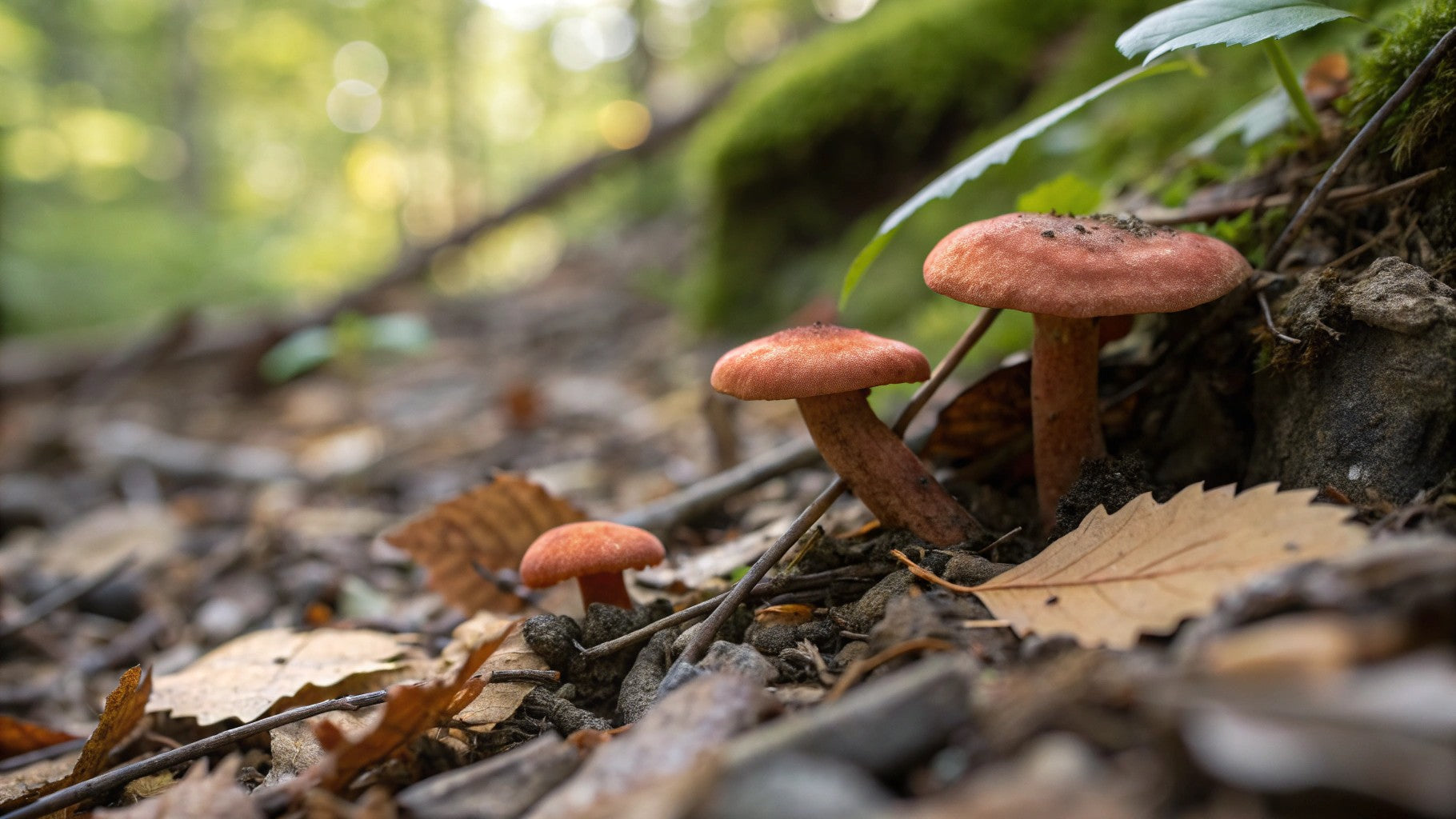
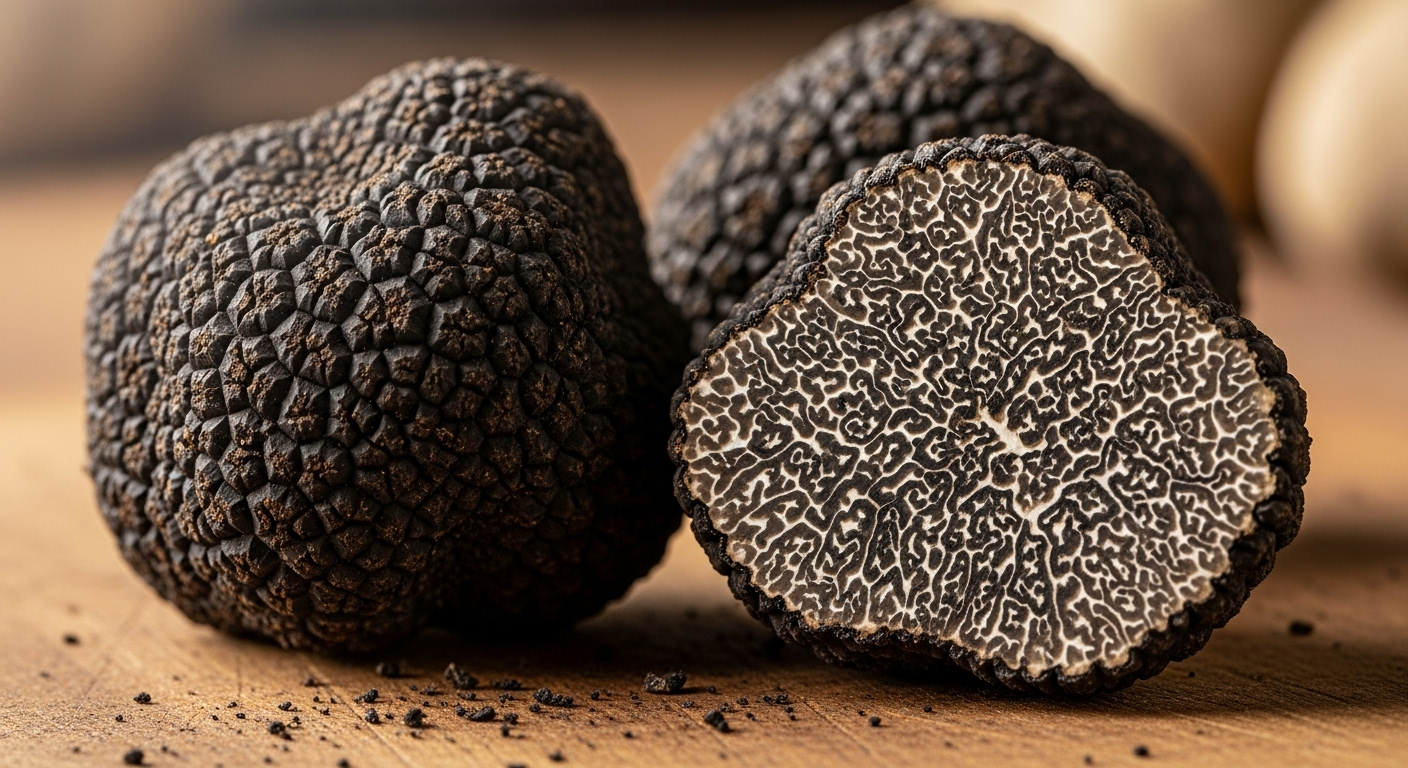
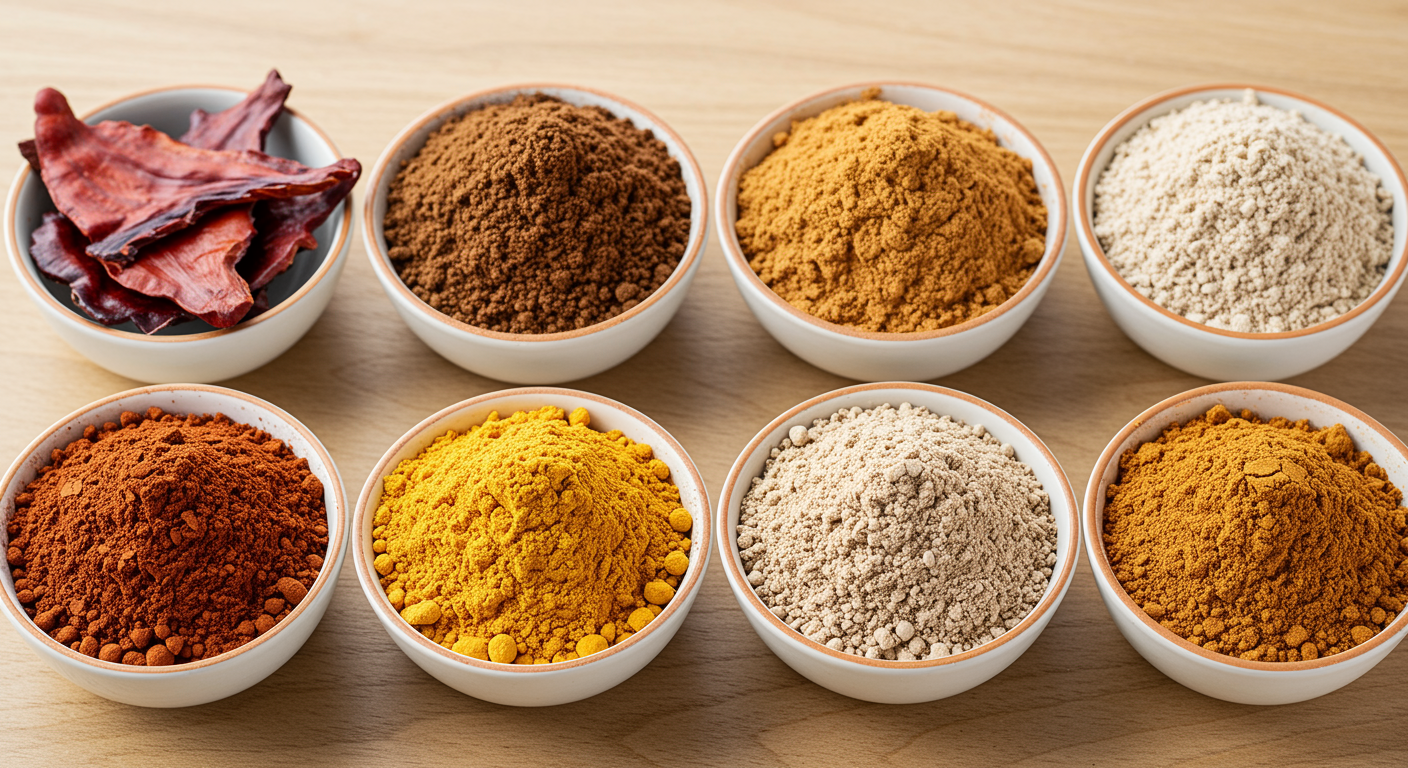

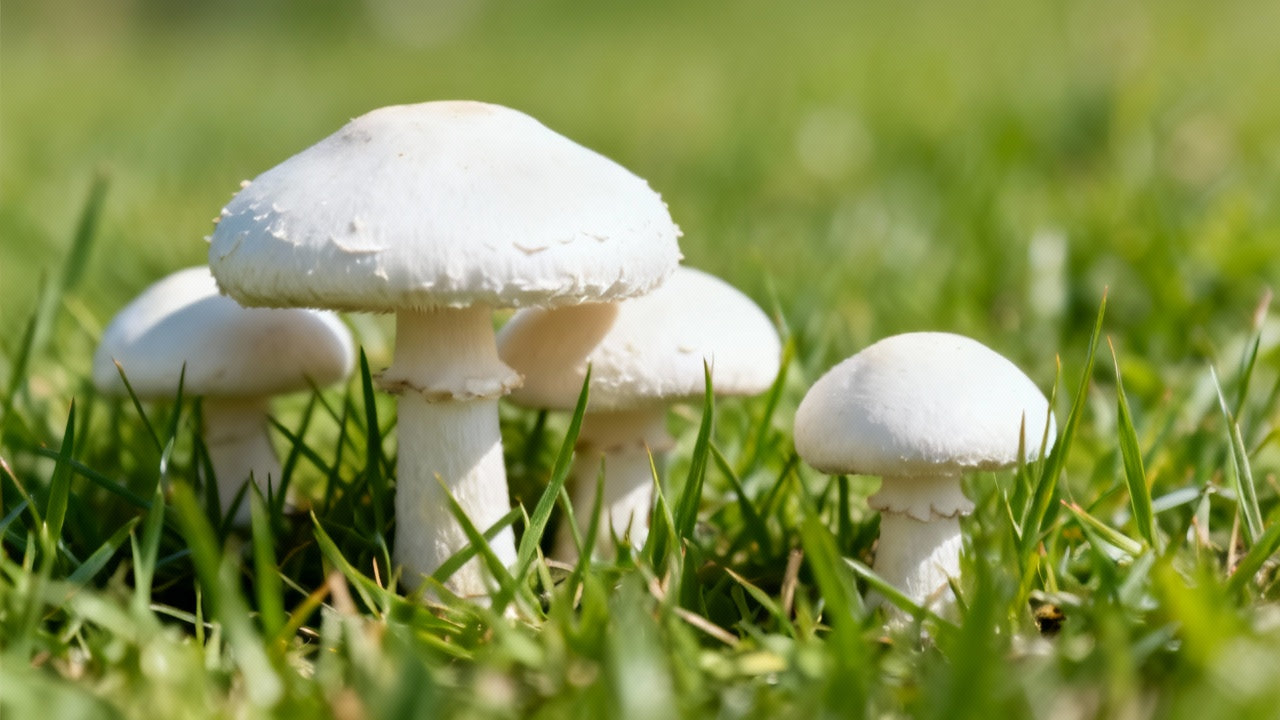
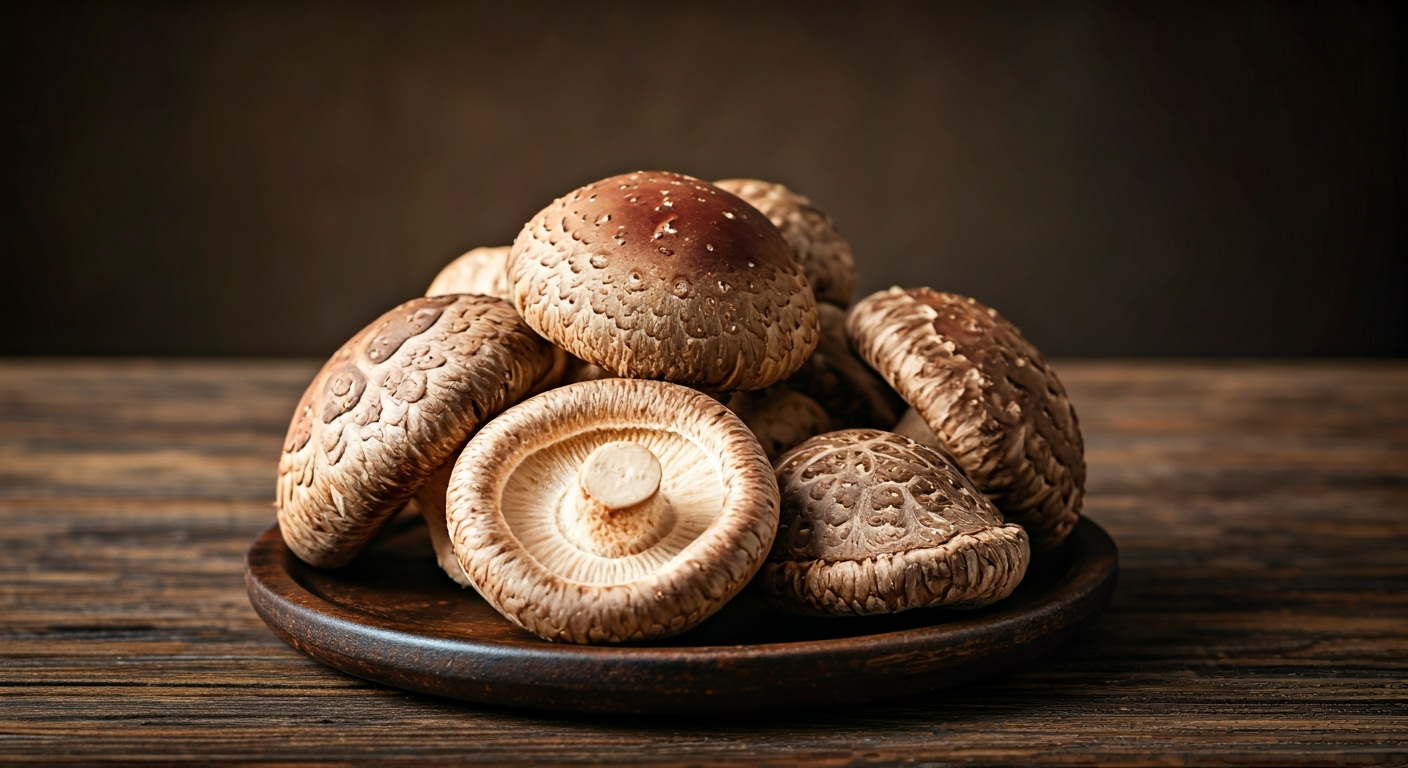
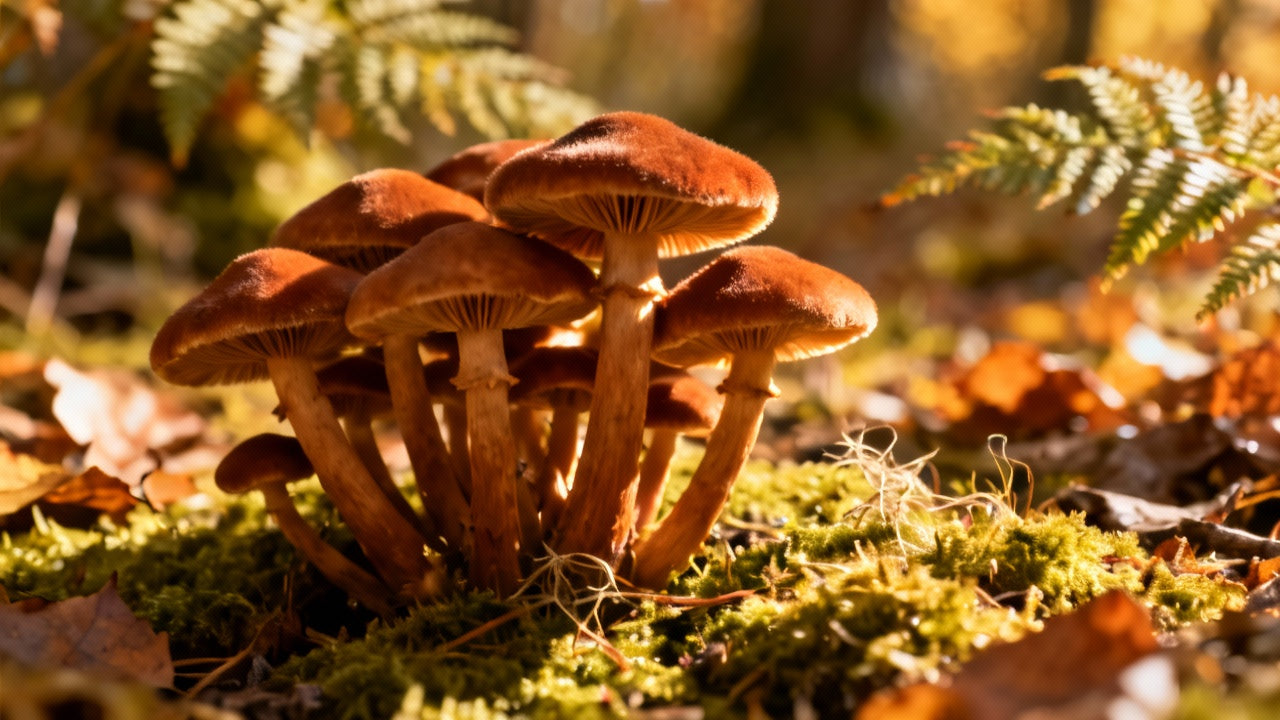
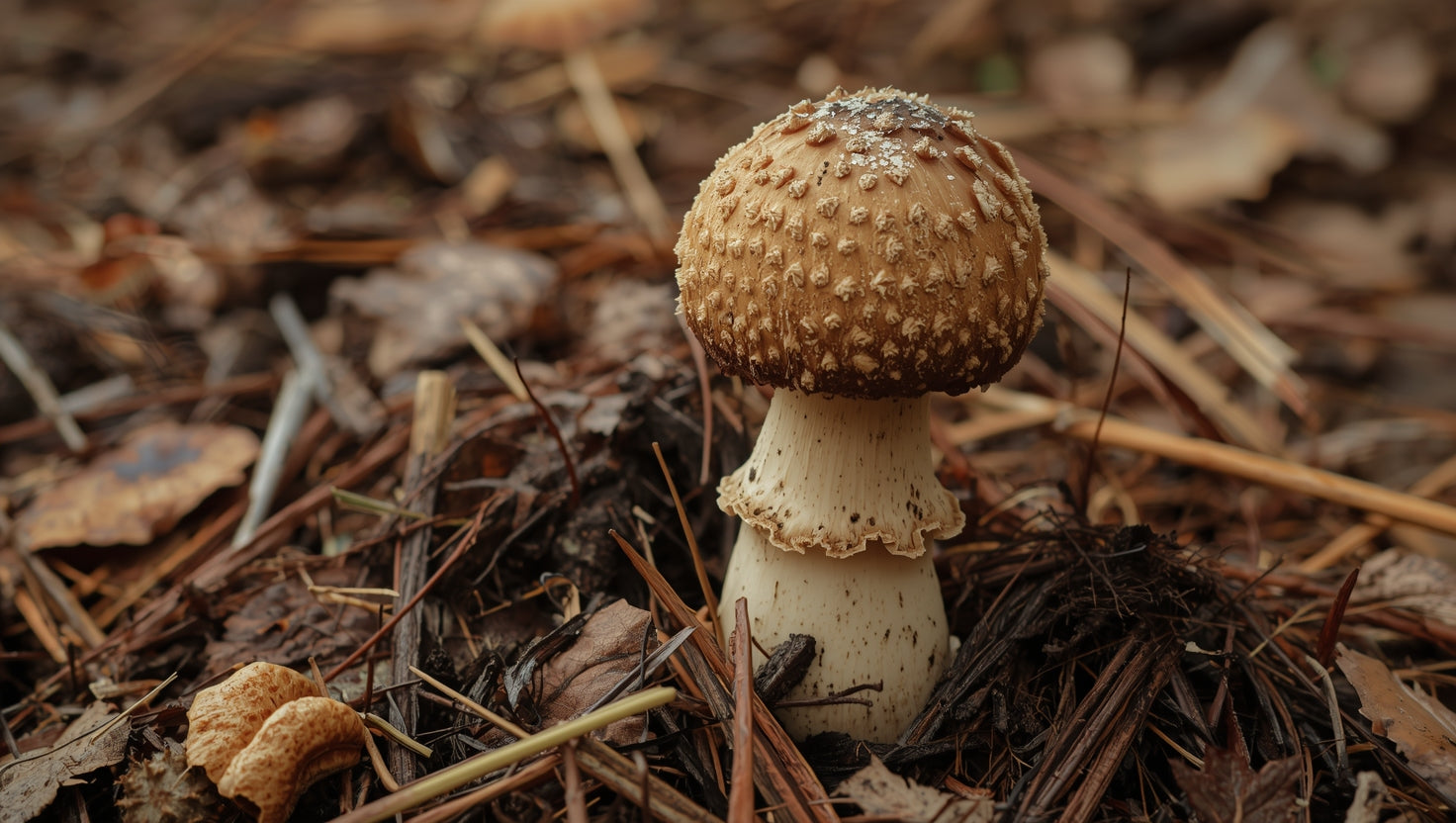
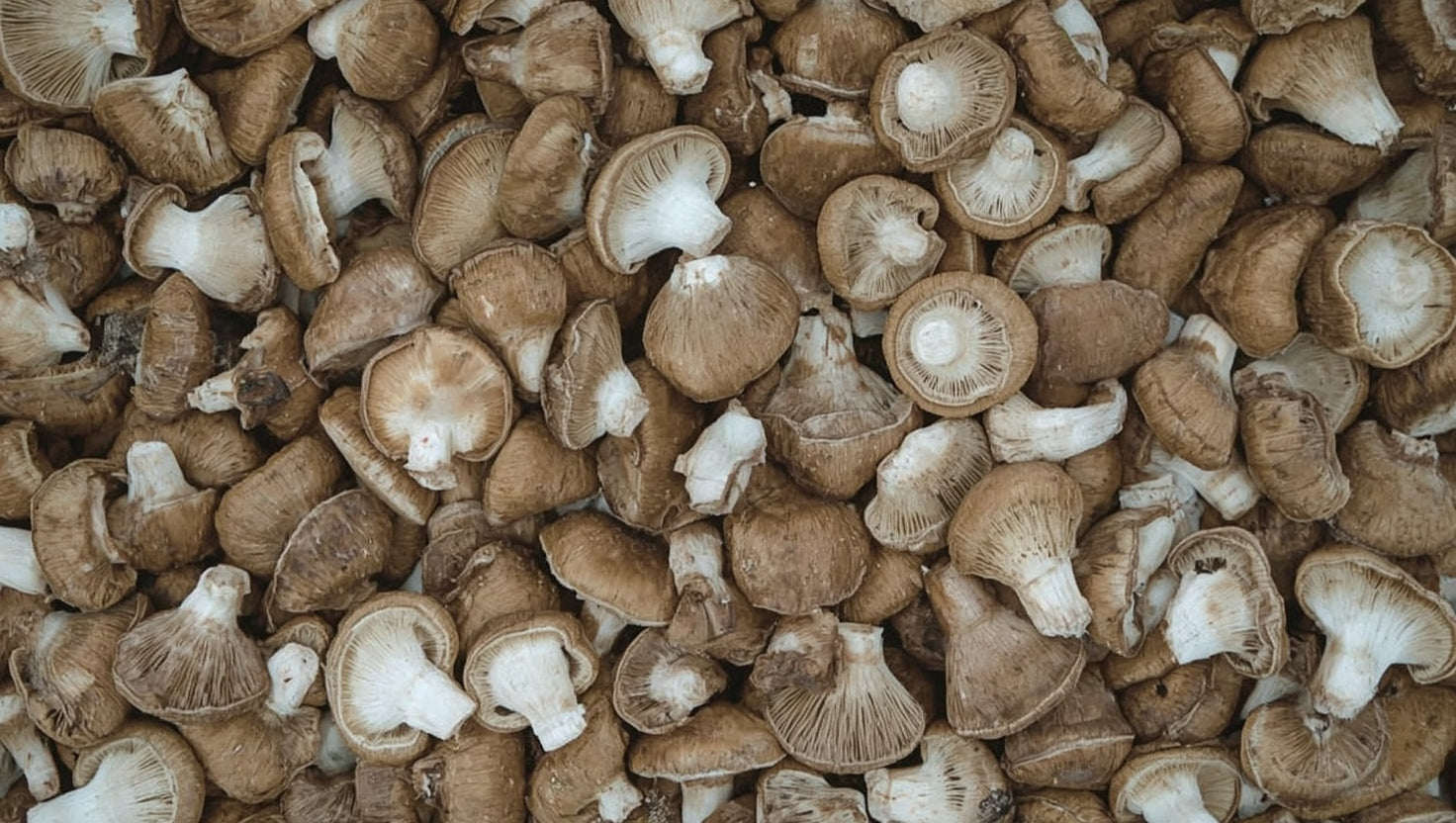
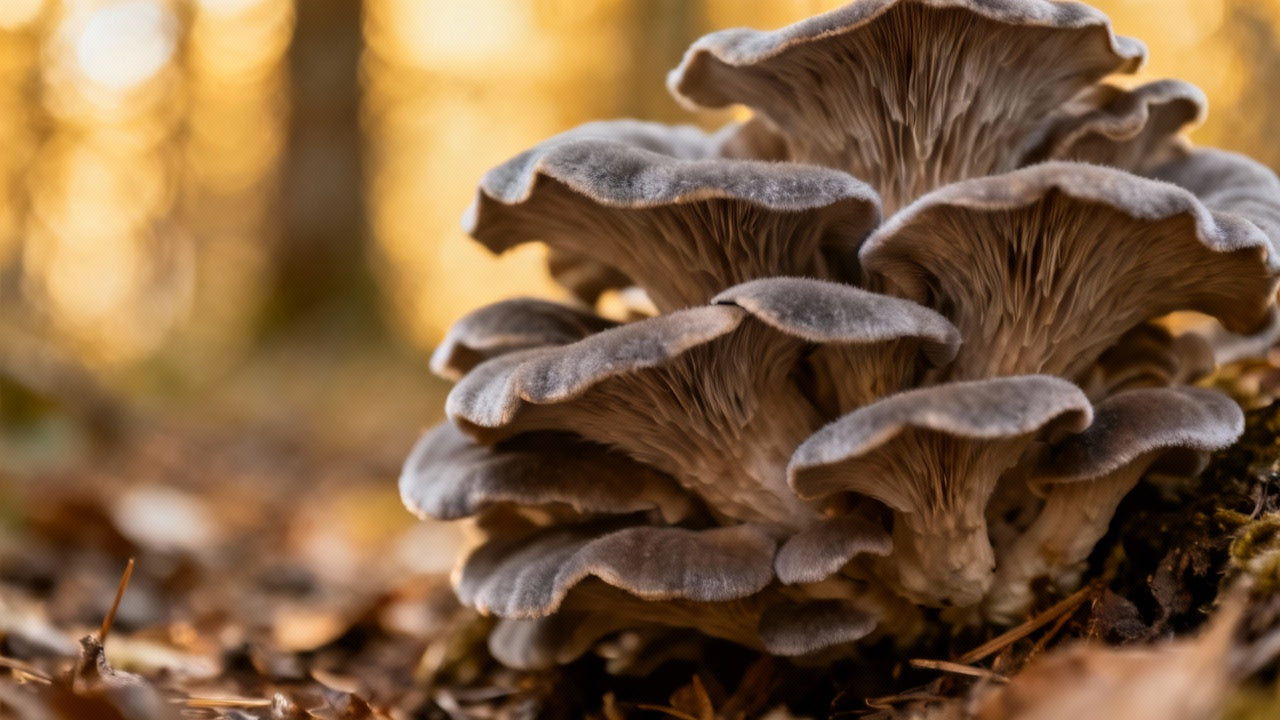
Share:
Growing Turkey Tail Mushrooms at Home: A Step-by-Step Guide
How to Identify Turkey Tail Mushrooms: A Complete Forager’s Guide